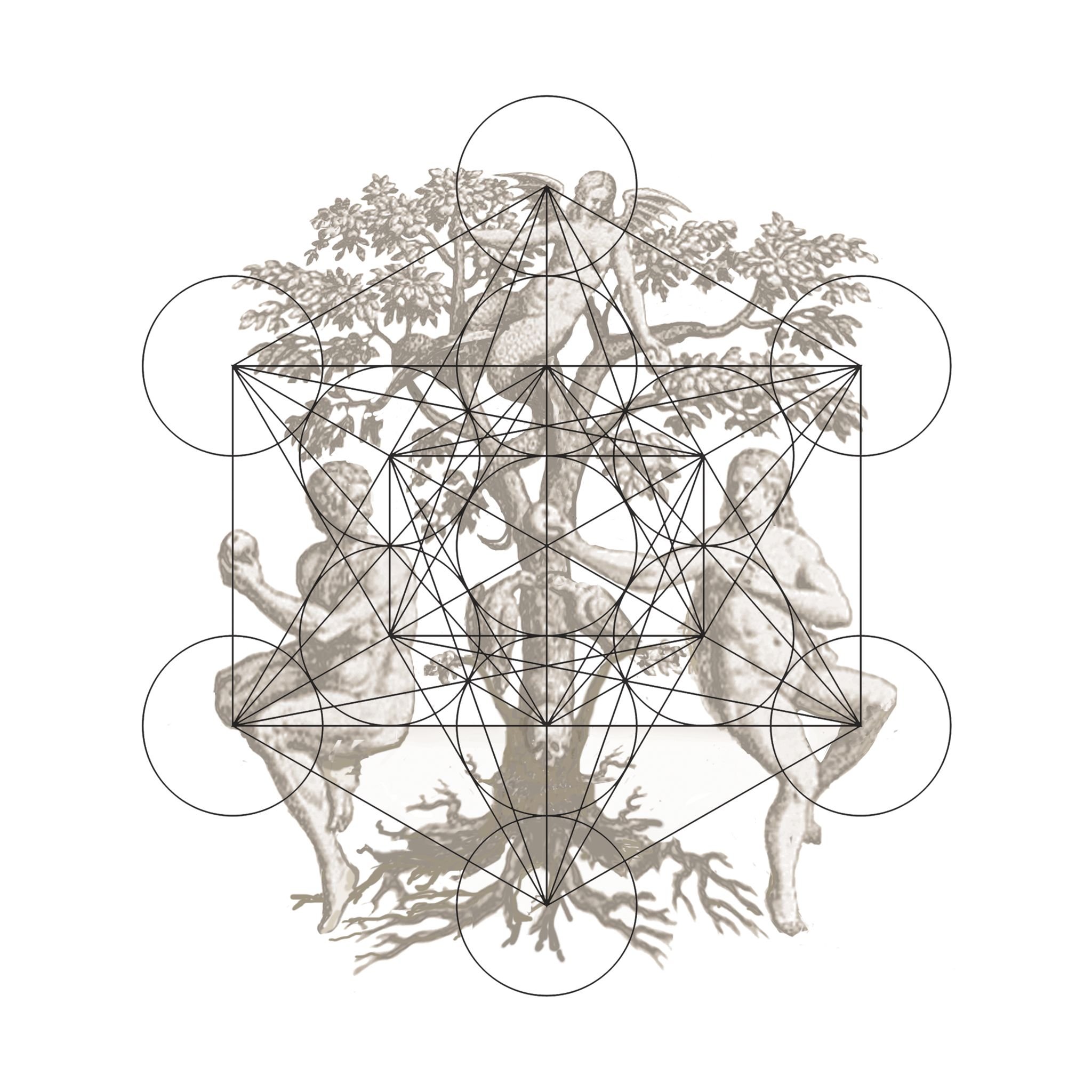
INTRODUCTION :
Jorge Luis Borges ‘A New Refutation of Time'
Youki Hirakawa’s minimal, iconic exhibition consists of video, video installation and still image. The recurrent and pervasive theme in Hirakawa's work is something intrinsic and of profound effect, yet remains strangely elusive to us and beyond our control – ‘Time'.
The Japanese phrase ‘mono no aware’ is a term used to indicate an awareness of the impermanence of things. It is concerned with the evocation of a gentle wistfulness at this transience, alongside a longer deeper contemplation at this state being the reality of human life and consciousness. A knowledge that all that we are and all that we know will one day pass. This exhibition evokes these principles...
Read more/less
In addition ‘Secret Fire’ acknowledges man’s inexplicable and inescapable connection to fire. Our early ability to harness its power is one of the early separators of us from the rest of the animal kingdom. An original technology, borrowed from nature and wielded to conjure our own advancement. At the heart of our planet, is a burning mass, this burning heart, this hidden fire. We cling to the shell, cooled down and hardened, a part of its surface. A microcosm of the macrocosm.
The flame is also a profound symbol of enduring faith, appearing in mythology from across the globe, signifying the eternal, representing everlasting life and light, bringing with it a focus of meditation and a sense of inner peace. It consumes us, reverting us to dust, when mortality departs our own empty shell, returning it to the infinite. The candle is a symbol used in many sacred places by many faiths. Each candle has its own time frame, the flame becomes its animator denoting a vessel through which the eternal flame passes. In the work ‘Fallen Candles’ each candle is laid down on its side, it burns faster than usual and the wax of the candle melts and draws a form denoting the path of time passed. It is a poetic work that Hirakawa acknowledges as showing his concern with ’the way that time seems to be leaking in the chaos of the modern world’. Quietly bringing in to question methods by which we may be speeding up the processes of personal, ecological or / and spiritual combustion. The subject of cause and effect is present and is another ubiquitous theme.
Early cave paintings would have been made by fire light, animated by flickering flame, our connection to the projected image would have been evident at our origins. As our technologies advanced so would our methods of projection, silhouette performance, magic lantern and latterly cinema, much of which has ironically been destroyed by fire due to its flammability and propensity to ignite. Almost eighty percent of all nitrate film has been lost and with it a chapter of human history. A record of proof. A mass memory. In ‘Burning a Second’ Hirakawa pays homage by (as the title indicates) burning of a second of nitrate film and slowing it down to a ten minute duration. This work links directly to ‘Shadow of a Frame’. The ashes from the burnt film are used to make 134 black square drawings exactly the same size as the 35 mm film stock, these drawings were then animated in to another shadow video work. Matter re-animated.
There is a deep and unabashed spiritual connectedness present in these works. In 'Lightning Tree’ Hirakawa recalls the discovery of a 185 year old tree that had died as a result of being struck by lightening. He made a fire from its branches to ‘soothe its spirit, as a kind of funerary process, the flames of the fire trace and flow the form of the tree, and the spirit of the tree goes back in to the sky with its smoke’. ‘Vanished Tree’ is also inspired by the personal experience of seeing a tree stump in a snowy forest and standing aside it and looking straight up in to the sky at the void in the canopy surrounding the missing tree and then back down at the now unencumbered snowfall which had settled on to the stump at his foot. Hirakawa describes how his body and mind traced the shape of the missing tree, a form constructed out of absence. What has gone can still be felt.
We leave Hirakawa’s vision profoundly aware that everything has a duration, but this vision has at its own burning heart, a secret fire - an awareness of the alchemists gnostic yearnings for immortality. Through shifting our perceptions of time we become more aware that all things are connected, and in that there is hope and faith that perhaps all remains eternal.
Joseph Clarke . 2016
EXHIBITION ARTWORKS :
EXHIBITION VIDEO TOUR :






























